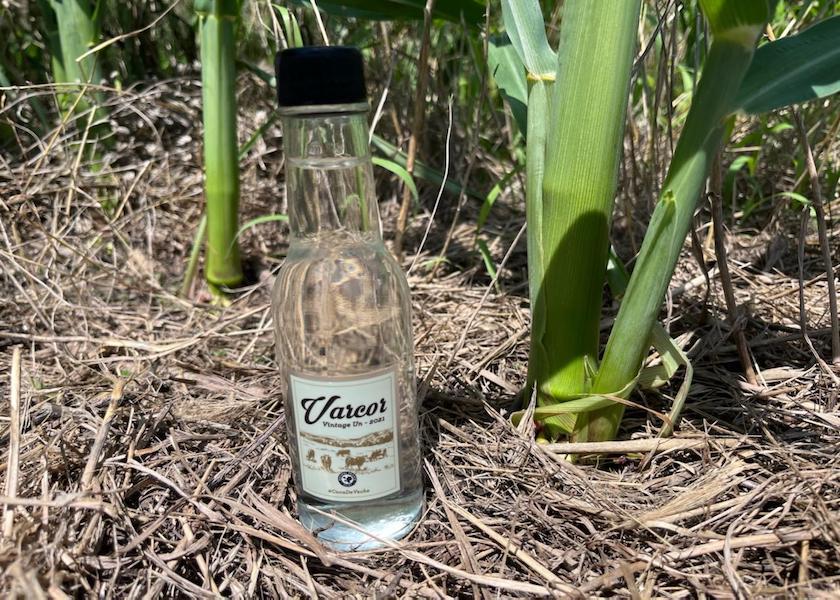Varcor: From Dairy Waste to Drinking Water

It’s a story of ultimate sustainability, and it’s already happening on U.S. dairy farms.
The VarcorTM system from Washington state-based Sedron Technologies converts dairy manure into high-value components in a continuous closed loop, all without tractors, manure spreaders, or waste lagoons.
The three products of the system all are highly useful for the dairy of origin, or as salable commodities for potential value-added revenue streams. They include:
- Concentrated aqueous ammonia
- Dry, pathogen-free, weed-free NPK fertilizer; and
- Clear water suitable for irrigation or cattle drinking water.
According to its developers, the Varcor can process any liquid waste stream with suspended or dissolved solids in it. In addition to dairies, Varcor systems are being used in municipal wastewater treatment plants in the U.S.
The Varcor system is based on the process of mechanical vapor recompression. Liquid manure slurry enters the system, and the solid and liquid fractions are separated through thermal evaporation. The dry solids are heated and removed, while the vapor portion is sent to a compressor, where it undergoes mechanical recompression. The product of that step – compressed vapor – is then used as the heat source to fuel the evaporation that processes the dry fertilizer.
Meanwhile, the low-boiling-point components, such as ammonia, are concentrated and extracted separately, and the clean water is distilled and harvested from the saturated liquid. The process is very similar to the creation of solid and liquid fractions that occurs in milk powder manufacturing plants.
On dairy farms, the Varcor has a similar purpose to on-farm methane digesters – to capture and utilize dairy manure in a sustainable and value-added fashion. But Sedron points out multiple benefits to the Varcor compared to digesters.
Specifically, they note the Varcor kills 100% of bacterial pathogens from start to finish, compared to about 90% for most digesters. They say the Varcor also eliminates the risk of nutrient and bacteria leaching or run-off, and has the ability to separate nitrogen into concentrated fertilizer, while a digester system does not.
The DeJong Family of Natural Prairie Dairy, Hartley, Texas, have been early adopters of the Varcor. Owner Donald DeJong was searching for a more sustainable alternative to his organic dairy’s traditional lagoon system. Along with the environmental risks associated with maintaining lagoons, DeJong wanted to capture the valuable nutrients that literally were evaporating off of them.
The DeJongs now are in their fourth year of utilizing the Varcor at both their Texas Panhandle dairy and a satellite facility near Lake Village, Ind. Both dairies are certified organic and employ the components processed by the Varcor in their cropping systems. The water fraction has been utilized for both cattle drinking water and crop irrigation.
The adoption of the completely closed-loop system has been timely in helping Natural Prairie Dairy adapt to current market conditions. Recycling wastewater makes their dairies less vulnerable to drought challenges, while the liquid and dry fertilizer products are helping mitigate the shocks of skyrocketing fertilizer prices and short supplies.
Sedron Technologies intends to install six additional Varcor systems this year, on dairies in Indiana, Florida, Texas, and Wisconsin, with longer-term plans for a nationwide presence that could expand into other livestock sectors as well.







